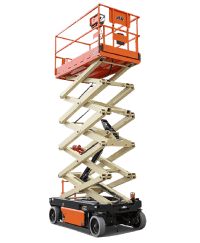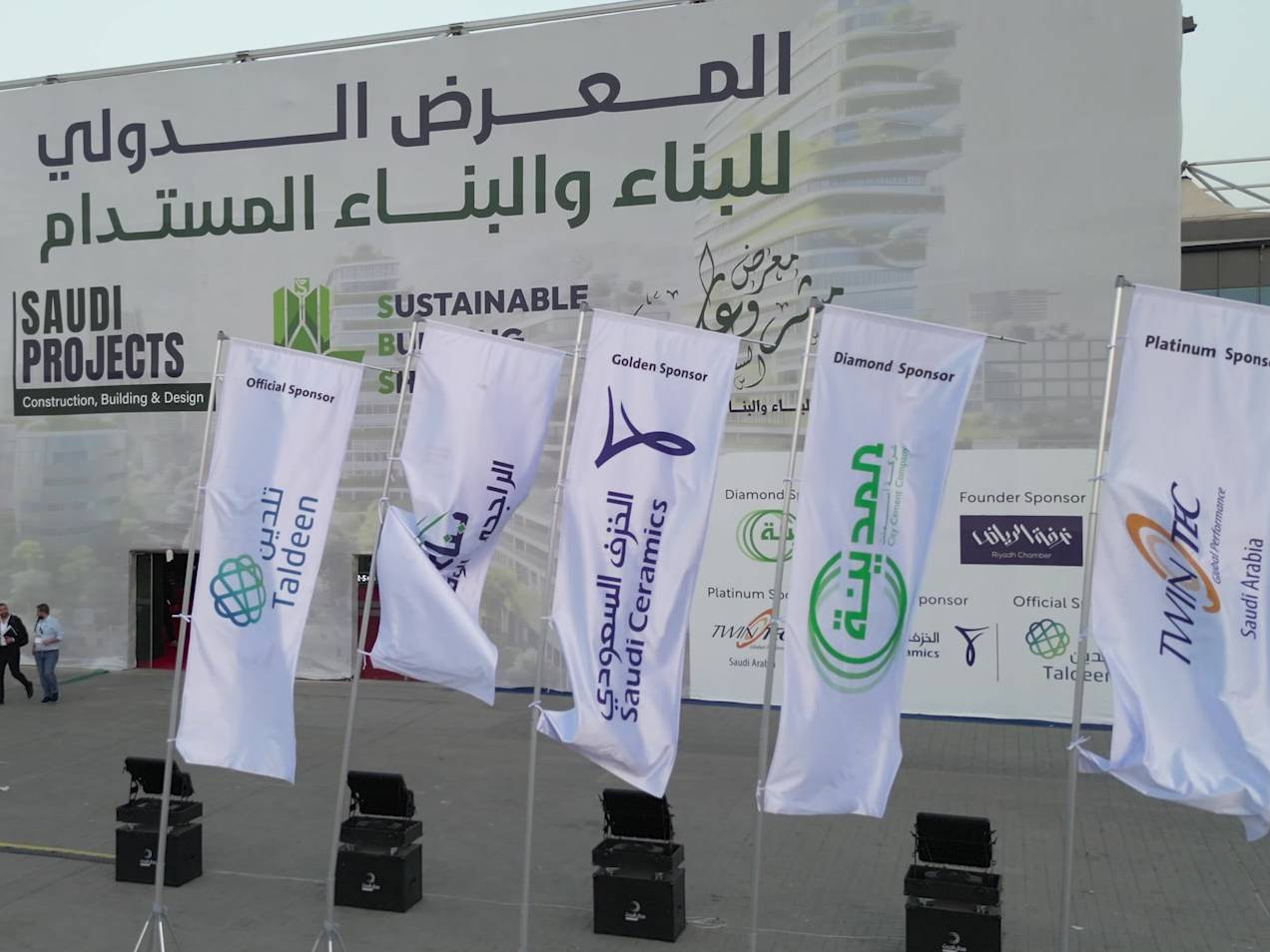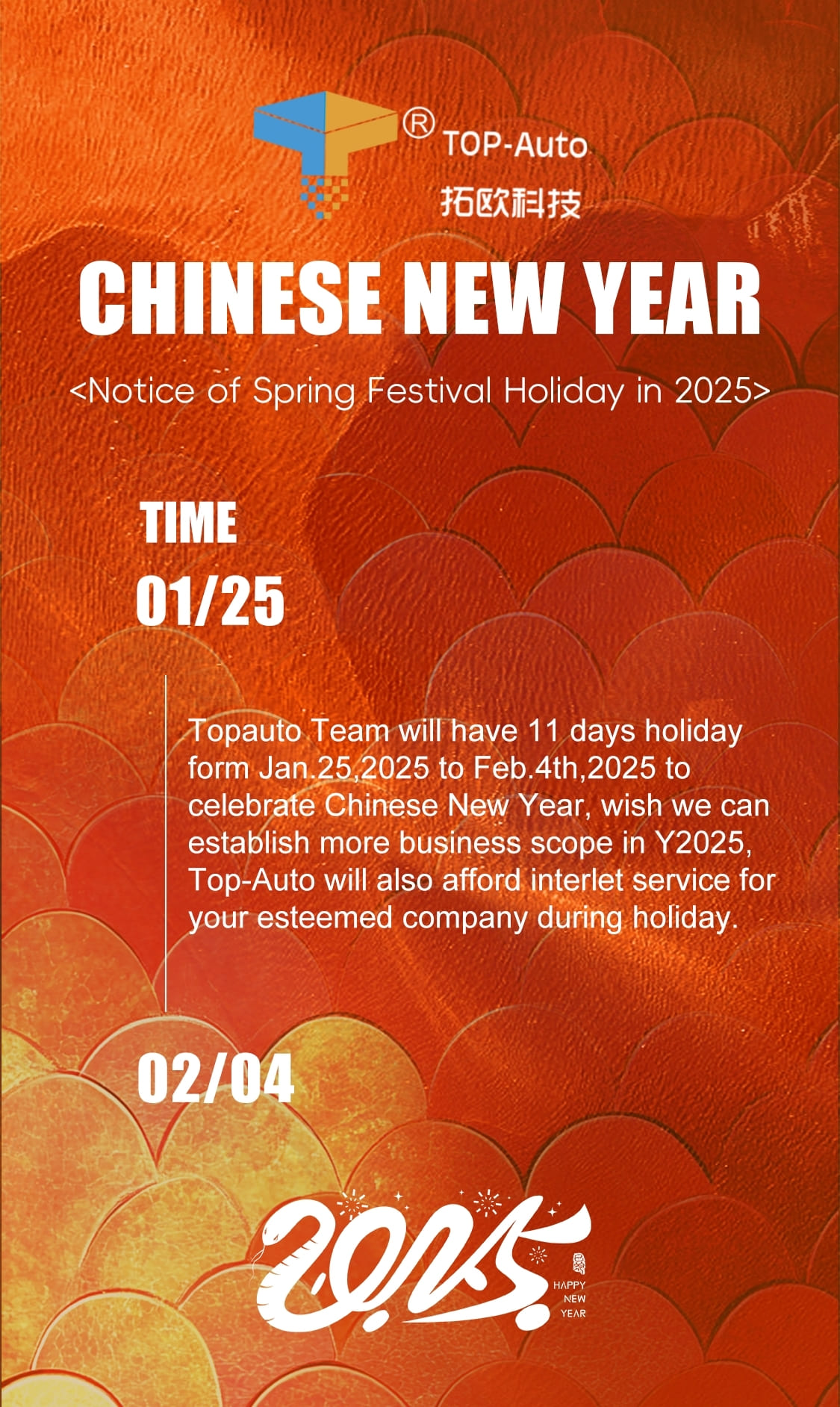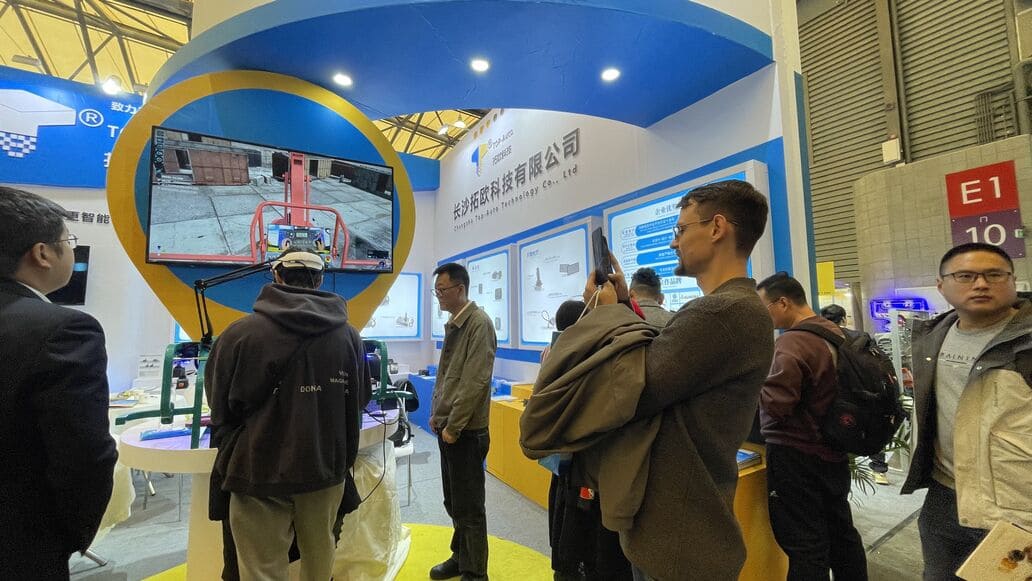Your cart is empty Continue Shopping
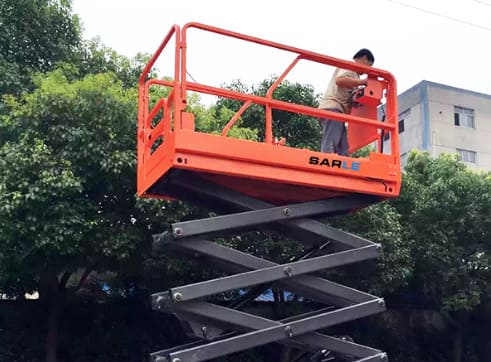
February 7, 2025
- Daily “spa”
Daily maintenance refers to the routine care performed on the aerial work platform before and after each use, typically done before or after each use. The main maintenance tasks include:
Keep it clean: Ensure that the platform, working area, and steps of the work vehicle are free of oil, grease, and impurities. When cleaning, avoid spraying water on electrical components and systems.
Check labels: Inspect the labels on the work vehicle to ensure they are intact. If damaged or missing, they should be replaced or repaired promptly to ensure clear operational instructions.
Check oil hoses: Inspect the oil hoses for damage or leaks. If there are issues, they should be addressed immediately, and sufficient oil should be replenished.
Lubricate components: Lubricate the work vehicle according to the lubrication schedule, ensuring that all sliding and pivot points are well-lubricated. Do not lubricate while components are in motion, and remove excess lubricant afterward to prevent contamination with debris and dust. In harsh working environments or under heavy loads, increase the frequency of lubrication.
- Regular “spa”
Regular maintenance includes comprehensive care performed weekly, monthly, quarterly, and annually, with cycles of once a week, once a month, once a quarter, and once a year, respectively. The main maintenance tasks include:
Check pipelines: Inspect the entire work vehicle’s pipelines and joints to ensure that hydraulic pipelines and joints are undamaged and leak-free. If damaged, replace them with parts provided by the manufacturer.
Check manual pump: Ensure that the manual pump is functioning properly. If there are issues, contact the manufacturer for repairs.
Check oil level: Inspect the hydraulic oil tank’s oil level to ensure it meets the required standards. If oil needs to be replenished, use hydraulic oil of the same brand and model as the original to avoid mixing different brands or types. Additionally, regularly clean or replace the filter element on the hydraulic oil tank.
Check structural components: Inspect the main structural components of the work vehicle, such as the working platform, boom, turntable, and pull rods, for cracks or damage. If there are issues, stop using the vehicle and contact the manufacturer for repairs.
Check connection bolts: Inspect the connection bolts at the working platform and support, turntable and slewing support, etc., for looseness or damage, and ensure the balance system connections are reliable. If any fasteners are found to be loose, tighten them immediately; if bolts or nuts show wear or damage, replace them immediately.
Check safety devices: Inspect all safety devices to ensure they are functioning normally, including emergency stop buttons, sensors, limit switches, and buzzers, to ensure accurate signal transmission.
Check battery: Disconnect the power supply and check the battery status. Replace it immediately if it feels underpowered.
Check control devices: Inspect all control devices, performing lifting or rotating operations to see if they work smoothly.
Paint repair: Check if the vehicle’s paint is peeling. If so, repair the paint promptly to prevent rust.
- “Spa” Precautions
Before performing maintenance on the work vehicle, strictly adhere to safety operating procedures.
Untrained personnel are not allowed to perform maintenance work. If there are any questions during the work process, contact the after-sales department promptly.
Do not perform maintenance operations while the engine is running (except in special cases where the engine must be running).
Before maintaining the moving parts of the work vehicle (such as the turntable and boom), use appropriate items to support them securely to avoid accidents caused by sudden drops.
Before disassembling any components in the oil circuit, turn off the engine and ensure that the internal pressure in the pipelines has been released.

